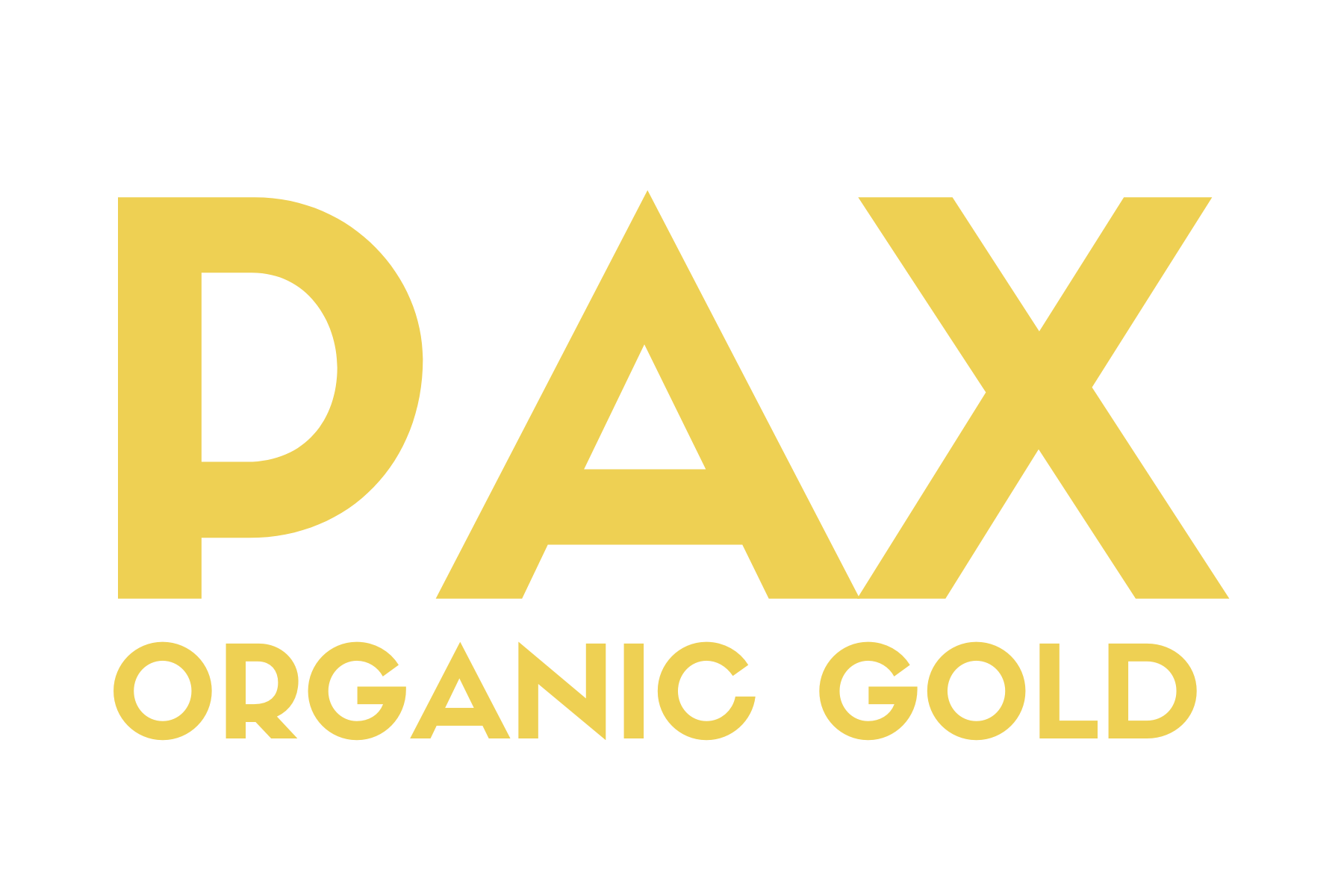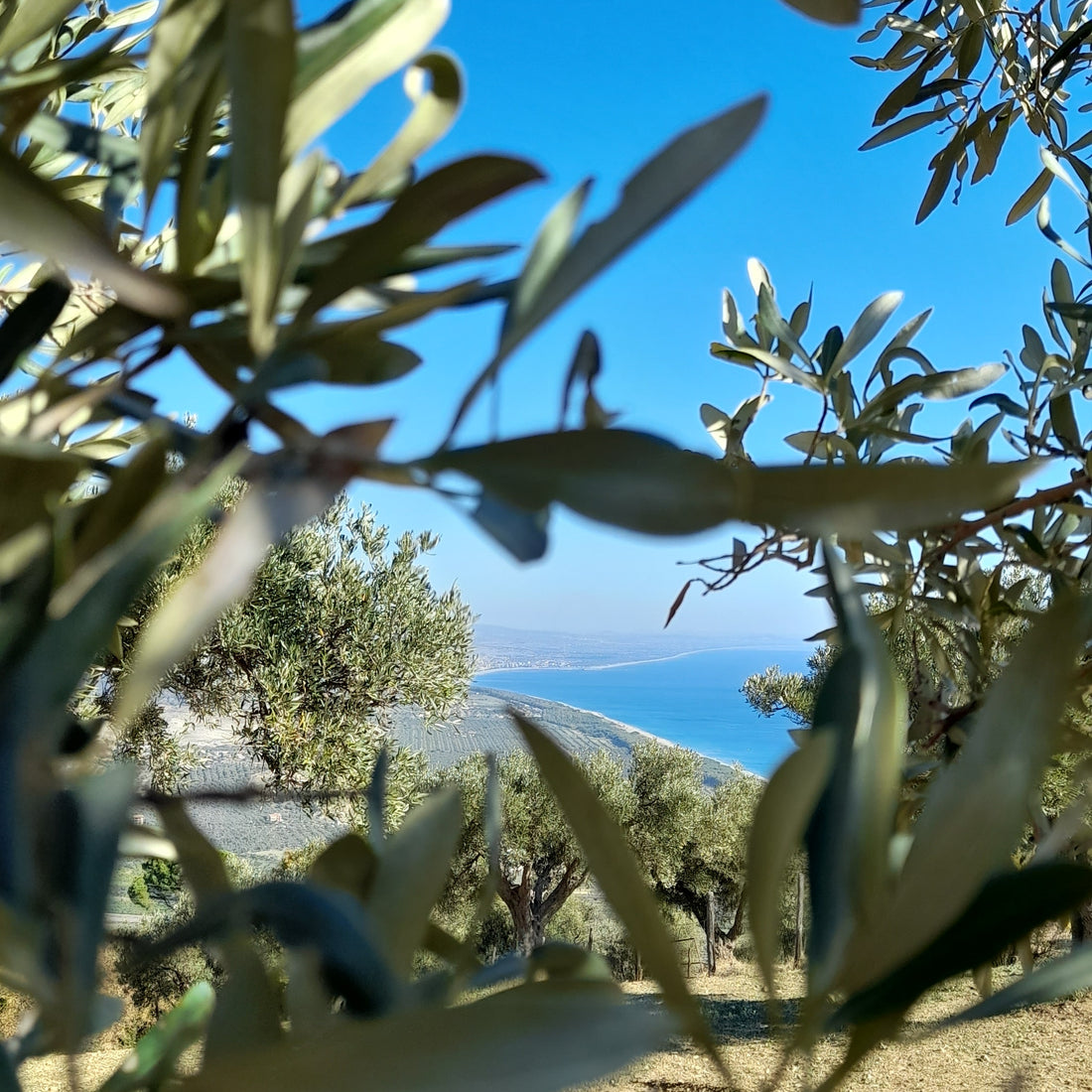An alarming 70% of olive oil found in grocery stores are said to be fake.
“So unless you bought it directly from a producer or a certified distributor, the olive oil in your kitchen marked “Italian extra virgin” is very probably a fake. Either it's low quality falsely marked as virgin or extra-virgin - and not even from Italy - or it's been mixed with other oils of dubious provenance. At worst, it's not olive oil at all but a vegetable oil disguised with coloring and aroma.” Forbes
And that’s when PAX EVOO was born.
Yes, we’re producers, yes we’re in Italy, we’re environmentalists and we’re disheartened at where the farming and food industry has ended up.
Several credible reporters have gone above and beyond to conduct many olive oil tests over the years only to find out that many of us who opt for healthy ingredients may actually be doing more harm than good, both to ourselves and our loved ones.
As consumers we must always remember that capitalism is at the heart of what big businesses do and the food industry is no exception.
Did you know that the waste from the food industry could actually greatly reduce world hunger?
Unfortunately, business has come to this - the value has been put on mass production and money, we are merely just dollar figures for many (but not all) big brands.
With that said, let’s get back to how a whooping 70%+ of olive oil is reported to be fake and let’s look at some ways that you can ensure that you and your family don’t fall victim to greedy brands.

Fake olive oil comes in many forms, here are some crucial things to look out for:
Price
It’s absolutely true, real olive oil is like a Rolex, a Lamborghini or better yet, a fine wine.
When purchasing extra virgin olive oil, the cheaper it is the more likely it is to be fake or of low quality. This can be extremely harmful for people who suffer from various ailments and especially allergies to other oils.
To better understand why extra virgin olive is so expensive let’s do some basic math.
On average an olive tree can produce up to 4-5 litres of oil in one harvest, that means once per year. The average North American family consumes much more than 5 litres of oil in one year and over 20 litres in Mediterranean regions.
This means that just one family basically purchases 1-5 olive tress/year in the world. Take into account that gathering the olives is no easy task, it takes a team and lots of machinery. That is the harvest aspect, then there are all other production, business, packing, international shipping and marketing expenses…how cheap can we really expect real olive to be?
ORGANIC? Yes, most people think that all olive oil is inherently organic. Here is where it gets interesting, it’s actually not. The 4-5 liters of olive oil (in a good year) is for non-organic producers. Meaning that the trees are treated with pesticides, the olives are sprayed to ensure that the insects don’t eat up the ‘inventory’ and that the land is also treated with chemicals that boost growth.
So even if the olive oil that you are able to find is actually real, how safe is it? While they are able to produce 4-5 liters from one tree that has been boosted and maintained with all sorts of chemicals that have never been meant to be consumed by humans, an organic tree on virgin land that has never seen these types of chemicals produces roughly 2-3 liters of olive oil per year. But this also means that the farms has much less inventory, but it is damn good oil. How cheap can we expect it be?
Let’s repeat, organic extra virgin olive oil is the fine wine of oils.
Colour
It isn’t true that olive oil is necessarily green or gold in colour. It can be one or the other, but one thing is for sure. It is never clear. Clear olive oil is one of the easiest ways to distinguish between real and potentially fake oil.
We’ve discovered that sneaky businesses ‘cut’ olive oil. This means that they are mixing other oils like canola, vegetable and other potentially harmful oils and somehow, they make it all the way on to the shelves of even the largest retail outlets in the worlds.
Remember, the clearer the oil the more suspicious you should be.
Aroma
As with colour, the scent of the oil matters as well. While it isn’t as easily distinguishable as the colour, the olive oil should smell a little ‘olive-like’ or peppery to say the least. Some people have reported an odorless, or wax-like scent from their oil, yikes. Either way, olive oil has a very fresh and green smell. There are few Italians who are surrounded by olive farmers that aren’t able to distinguish a good olive oil from the scent, but of course, it is a huge advantage over others who haven’t had much experience on farms.
That’s why we’re here, sharing our knowledge when it comes to fresh, organic food and as well as sharing secrets of the Mediterranean diet.
When you open a new bottle of olive oil, we like to pour some in a tablespoon and enjoy it as is, in it’s raw state. This is also because that is when it is most powerful, giving you the most nutrients and antioxidants. The moment you begin heating up the oil to cook, it starts to lose some nutrients.
Country of origin
Olive trees need certain climate conditions to thrive - a complex fusion of sun, sea and air. This perfect mixture is usually found in the Mediterranean which is why countries like Italy, Spain and Greece account for most of the olive oil produced globally. Tunisia, also being part of the Mediterranean is also an increasingly growing country of olive oil production.
Recently, the state of California has also began producing olive oil since it also has a similar climate.
The country of origin is also particularly important since not all countries have the climate to produce oil. More importantly, you want to ensure that the label clearly states the country and that is just ONE country.
Why is one country important? Fake and/or low quality olive oil can also be sold for much less because big brands have been mixing olives from different countries. This matters because often, these olives and oils are the leftovers, the bottom of the barrel, and usually the lowest quality that the local producer doesn’t want to sell to their own clients.
The issue with this is that for a good quality extra virgin olive, which actually contains nutrients and antioxidants, the olives must be pressed within hours of being picked. Like most fruits, the vitamin content begins to drop quickly once the fruit is picked. Olives are no different.
Harvest date
It is true that olive oil doesn’t have a short expire date. In fact, olive oil can last a couple of years. Don’t be alarmed if the olive oil isn’t filtered, this is actually better since from a nutrition perspective. Account for the fact that olive trees are harvested in the fall of each year. So if you want the freshest oil, you’ll want to purchase at the end of the calendar year from a small producer and ensure that you note the harvest date.
From this point of view, oil is different than wine, you certainly don’t want vintage oil.
However, here is also where you can save on olive oil. Keep in mind, olive oil that is 1-2 years old isn’t bad, it may just lose a little bit of flavour, scent and some nutrients but it is still certainly better than fake oil or fresh non-organic oil.
Bottle
Yes, the bottle really matters. Olive oil hates heat and light. Do not trust olive oil sold in plastic bottles, especially if they are clear. You’ll want dark aluminum or glass bottles. The less light your oil sees the better-kept it will be. Keep in mind that plastic bottles are usually implemented by companies to reduce shipping costs and reduce the possibilities of broken bottles. However, many studies have shown that consuming items from plastic bottles can be extremely harmful.
“Plastic contamination is rampant in bottled water. That was the unsettling conclusion of a study published last year in Frontiers in Chemistry that analyzed samples taken from 259 bottled waters sold in several countries and found that 93% of them contained “microplastic” synthetic polymer particles.” TIME Magazine
While the study above focused on bottled water, we treat all liquids stored in plastic bottles with the same caution, logically.
In Italy, we like to say that our ancestors had the key to life, farming their own food. The work was tough but they knew exactly what they were putting into their bodies, they didn’t have it all and that is why they didn’t eat much red meat. They supplemented this with lots of produce that ate exclusively seasonally from what they harvested.
This is the key to Mediterranean diet and the longevity that our ancestors benefited from. They had it all and they didn’t even know it.
PAX is working hard to bring that back and we’re happy to share it with other like-minded people around the world.

